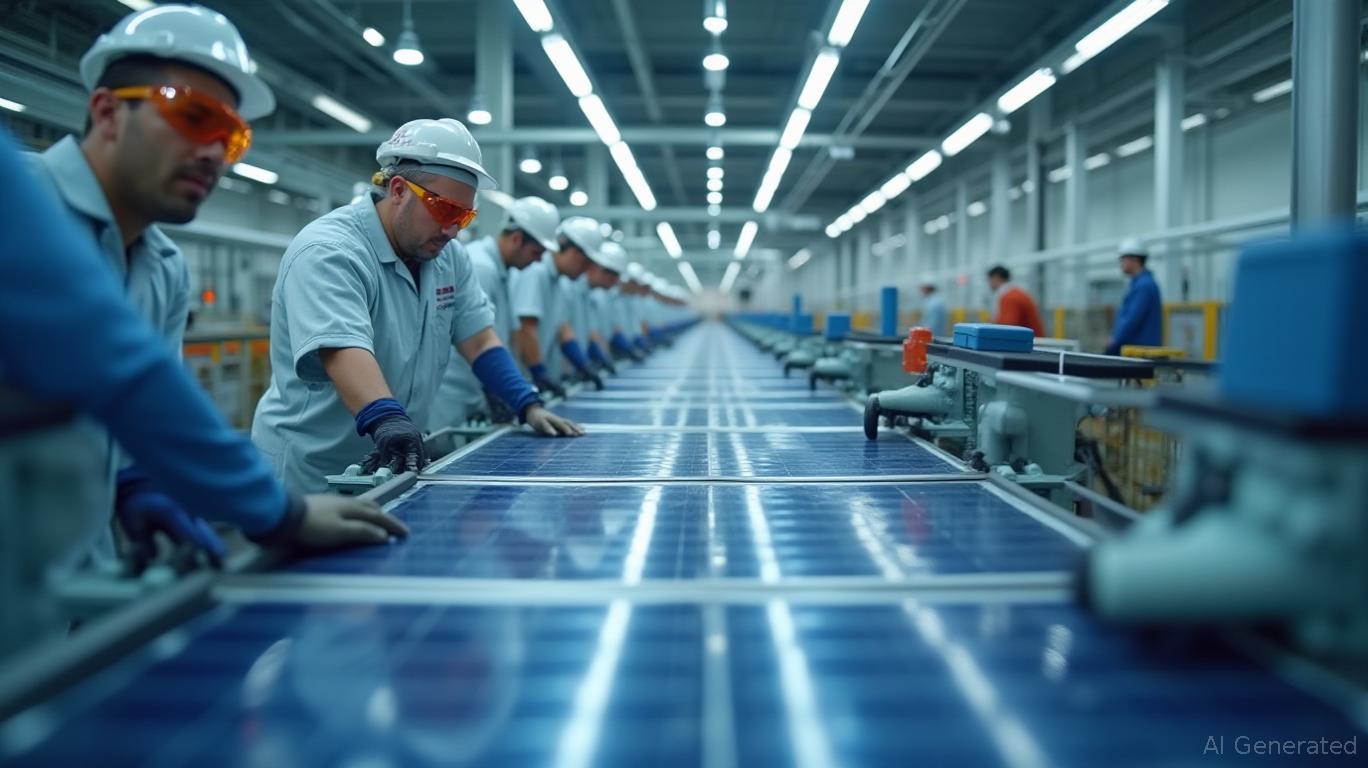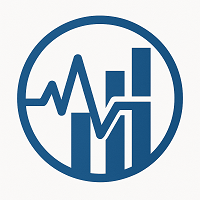Solar Mosaic's Fall Shines Light on Clean Energy's Resilient Path Forward
The residential solar industry is at a crossroads. On June 6, 2025, Solar
became the latest casualty of a perfect storm of rising interest rates, legislative uncertainty, and a fragile business model. But its bankruptcy also underscores a broader truth: not all clean energy companies are equally vulnerable. While Mosaic's collapse highlights the risks of overreliance on subsidies and short-term financing, a new cohort of firms is emerging with strategies to thrive in an era of subsidy phaseouts and market consolidation.The Anatomy of a Crisis
Solar Mosaic's Chapter 11 filing was no accident. Its business model—aggregating residential loans and selling them in bulk to investors—depended on steady access to cheap capital and predictable demand. But as the Federal Reserve hiked rates and Congress threatened to slash the residential solar Investment Tax Credit (ITC), the company's liquidity dried up. Loan origination volumes dropped 40% in 2024, and institutional investors grew wary of its long lead times between origination and sale. The result? A $45M DIP financing package just to stay afloat.
This is not an isolated case. The residential solar sector saw a 31% capacity decline in 2024—the first contraction since 2017—while competitors like Sunrun and Vivint Solar face their own liquidity challenges. But amid the wreckage, a clear path to resilience is taking shape.
Where to Find Resilience: 4 Pillars of Strength
1. Diversification Beyond Subsidies
The most robust companies are those that don't bet their survival on tax credits. Enphase Energy, for instance, has pivoted from being a pure-play residential inverter supplier to a provider of grid-tied storage solutions and software. Its IQ8 microinverter platform, paired with its Envoy communications hub, now serves both residential and commercial customers.
This dual focus shields Enphase from subsidy volatility. Similarly, Tesla's Powerwall and Megapack products are driving demand for energy storage, a market growing at 18% annually even as solar subsidies fade.
2. Supply Chain Independence
The U.S. Inflation Reduction Act (IRA) has created a “domestic manufacturing or bust” dynamic. First Solar's bet on U.S.-made cadmium-telluride panels is paying off. Its 10 GW of domestic capacity under construction gives it a 30% cost advantage over imports, while competitors like Qcells (building a 2 GW U.S. cell factory) and Maxeon (focusing on premium panels) are also capitalizing on IRA incentives.

Even global players like Waaree Energies (India) are winning U.S. contracts by meeting domestic content rules, illustrating how supply chain diversification can neutralize policy risks.
3. Global Market Diversification
While the U.S. market stumbles, international growth is a lifeline. SunPower, generating 60% of revenue overseas, is expanding in Europe and Australia with its high-efficiency panels. Meanwhile, Ørsted's offshore wind projects and Pattern Energy's cross-border utility-scale solar portfolios are insulated from U.S. policy swings.
4. Utility-Scale and Storage Dominance
Projects with long-term power purchase agreements (PPAs) are the sector's bedrock. NextEra Energy's $30B backlog of wind, solar, and storage projects—locked in via PPAs—ensures steady cash flow. Even Bloom Energy, despite its fuel cell challenges, is seeing demand for its grid-stabilizing solutions rise as utilities prioritize reliability.
The Senate's Wild Card: Policy Shifts Could Redraw the Map
The legislative threat to the ITC isn't set in stone. Moderate Republicans like Lisa Murkowski are pushing to delay foreign content restrictions until 2029, which would buy time for global supply chains to adapt. If passed, this could rescue companies like Sunrun, which relies on Chinese-made panels. Investors should monitor the Senate's markup process closely—any delay in IRA's “Buy America” rules would be a tailwind for the sector.
Investment Priorities for 2025
- Buy the Leaders with Diversified Models: Enphase (ENPH), Tesla (TSLA), and First Solar (FSLR) are the current darlings.
- Target Supply Chain Plays: Qcells (SQ) and Maxeon (MAXN) offer exposure to U.S. manufacturing ramp-ups.
- Consider Global Plays: SunPower (SPWR) and Ørsted (ORSTED) benefit from geographic diversification.
- Avoid Residential-Only Firms: Sunrun (RUN) and Vivint (VSLR) remain vulnerable until the ITC's fate is clearer.
The Bottom Line: Resilience Isn't Luck—It's Strategy
Solar Mosaic's failure wasn't inevitable—it was a failure to adapt. The companies thriving today are those that anticipated the subsidy sunset and built flexibility into their models. As the sector consolidates, investors should focus on firms with:
- Diversified revenue streams beyond residential solar,
- Supply chains aligned with IRA incentives,
- International scale, and
- Contracts that outlast policy cycles.
The road ahead is bumpy, but the clean energy transition isn't stopping—it's just getting pickier about who leads it.

Comments
No comments yet